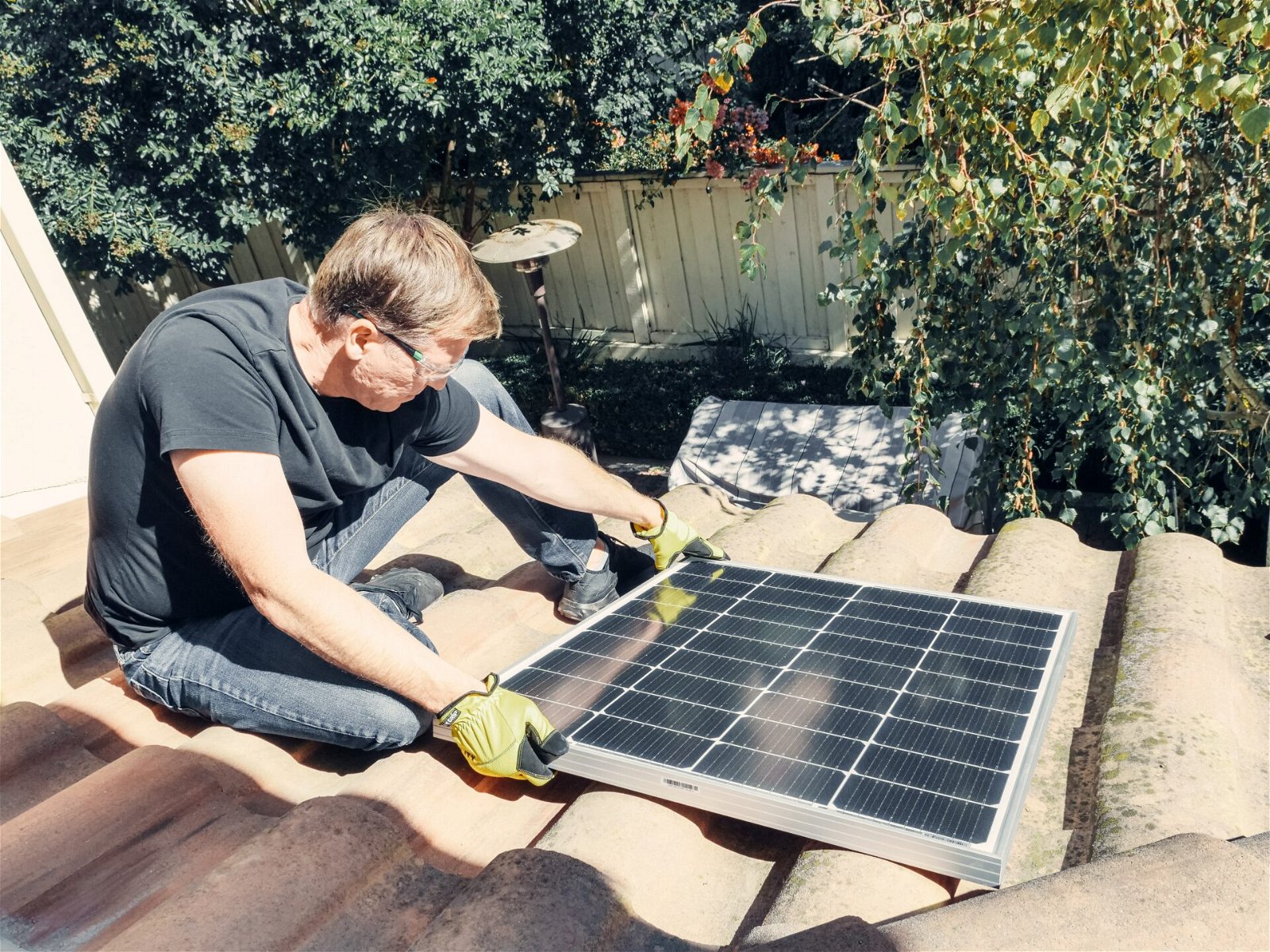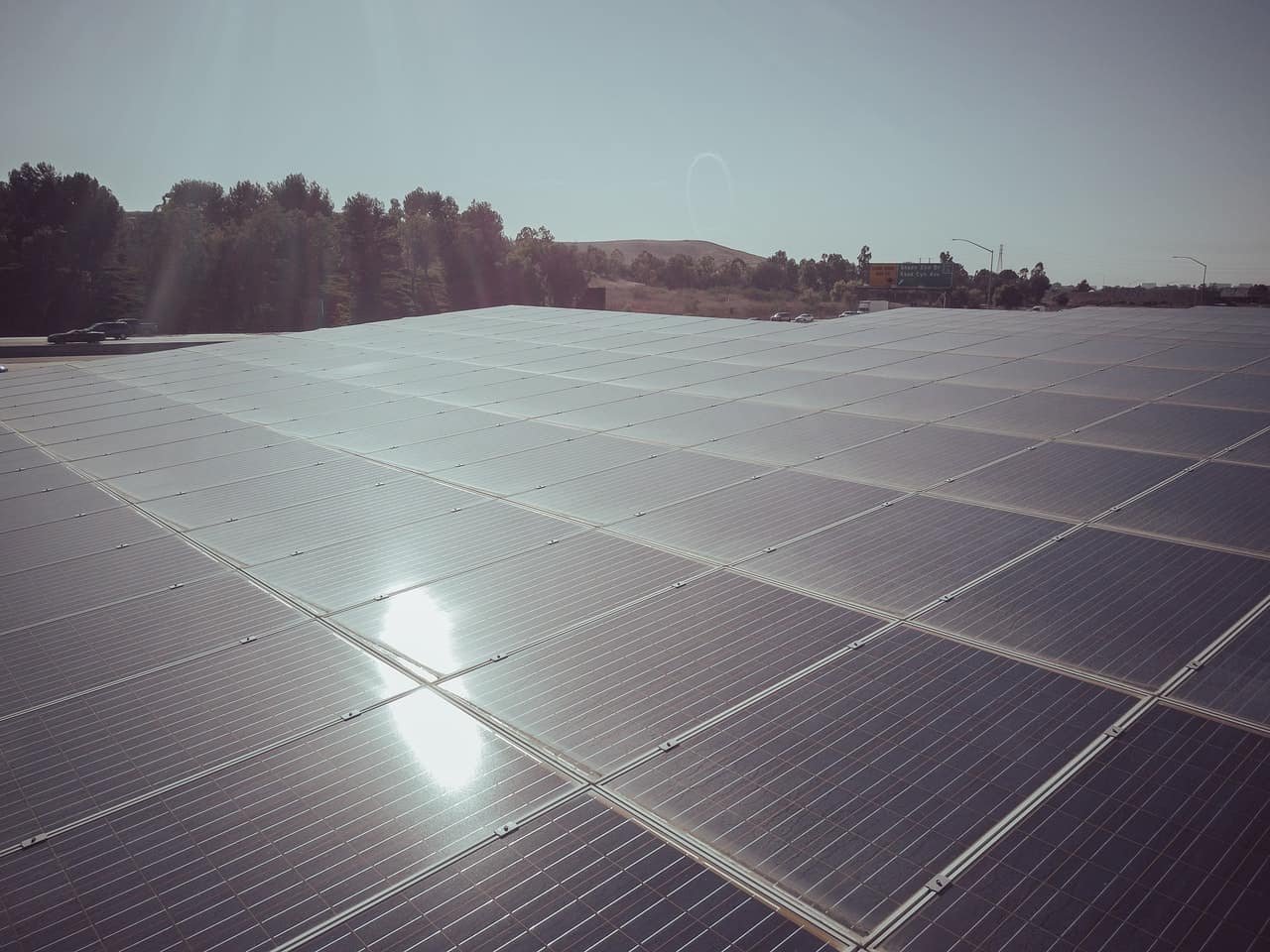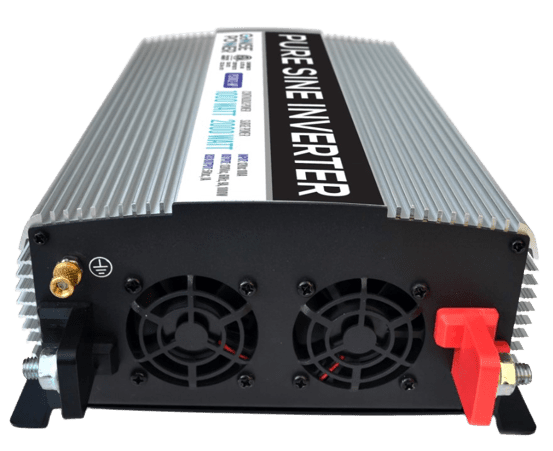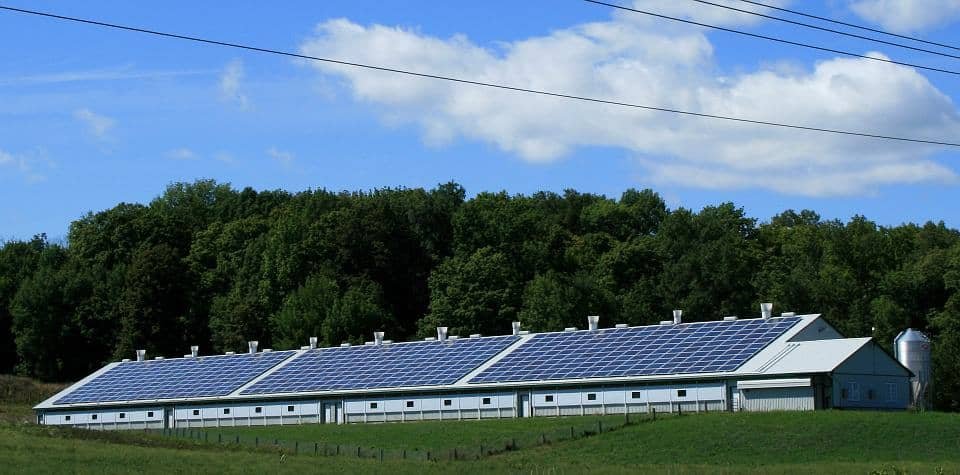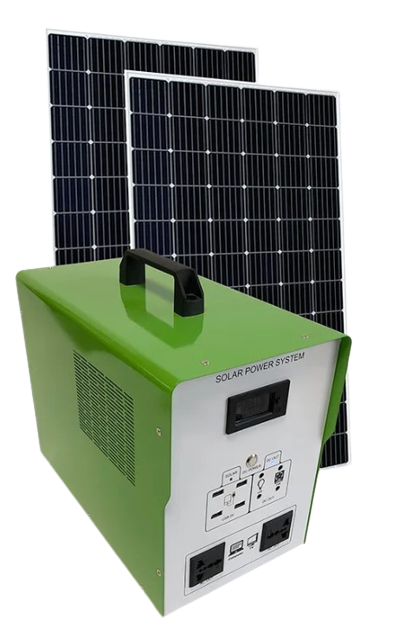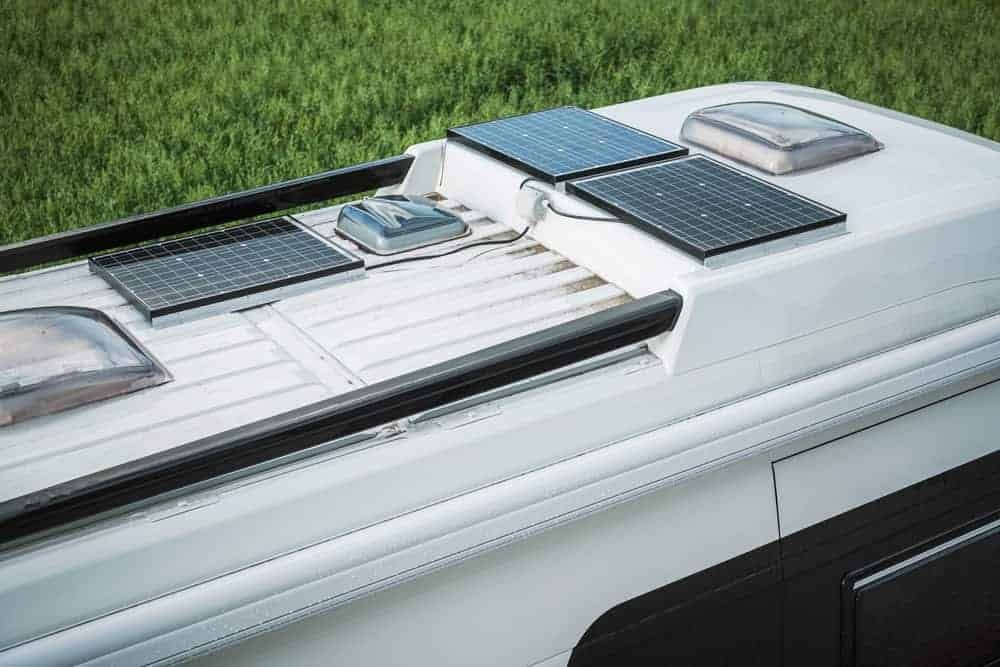Even if you’ve done a bit of research into solar panels before, you might not have heard anything about III-V solar panels. This is because they don’t work like normal solar panels, and are used for very niche purposes in the solar panel community.
However, their dramatic increase in efficiency in the last decade or so may make them useful and practical for a wider range of uses in the near future.
What Are III-V Panels?
III-V solar panels are used in very niche markets, specifically in outer space, concentrators, and thermophotovoltaic generators. They are highly efficient, easily reaching 30% efficiency and over 40% in some cases. There is further research going into these kinds of solar panels and whether it is possible to make them even more efficient in the future.
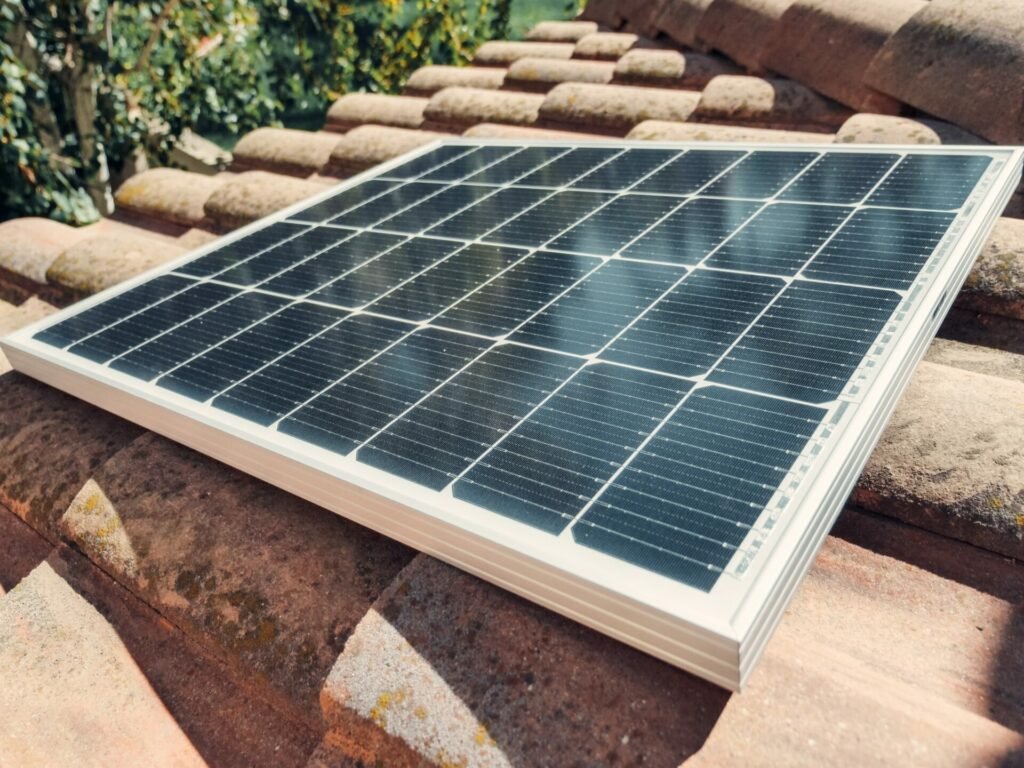
In 2020, a six-junction III-V solar cell reached all the way up to 47.1% efficiency. (1)
What Makes Them Different?
III-V solar panels come in a few different options. They can be designed to work with a wider range of light spectrums, and have multiple layers to increase the amount of absorption. Currently, there is no standard, uniform way to make these panels, as research is being done to find the most cost-effective and efficient methods of production.
For example, there is molecular-beam epitaxy (MBE), metal-organic chemical-vapor deposition (MOCVD), and hydride vapor phase epitaxy (HVPE). There are also plenty of materials that can be used to make up the layers, including trimethylgallium, trimethylindium, arsine, phosphine, hydrogen selenide, silane, and diethyl zinc, as well as a few other options.
How Are They Made?
III-V solar panels are made in a few different ways, and they are all different from how traditional solar panels are made. They are often made from a series of different layers.
The name for these kinds of solar panels comes from the materials used. It is often a combination of elements from the III category and the V category of the periodic table.
Most of the more efficient ones also have multiple junctions. These are sections of the panels that can absorb different parts of the light spectrum. The ability to absorb multiple areas of the light spectrum provided by the sun is what increases efficiency.
However, there is also a problem with this, as photons with higher energies than what that section of the panel can absorb are lost as heat.
Related Articles:
Pros and Cons
Pros
- Very efficient, easily reaching upwards of 30% and even close to 50% in some cases
- Has the potential to reach even higher efficiencies
- Can be a great idea for bigger uses, such as out in space or generators and grid power
Cons
- Expensive (2)
- Not practical for residential use
- Needs a lot of materials
- More research is needed
Should I Get III-V Panels?
Unfortunately, it isn’t a question of whether or not you should get III-V panels, but when they will be available for commercial use. While these seem amazing in theory, easily doubling the efficiency of any other solar panels on the residential market, they aren’t available for residential use.
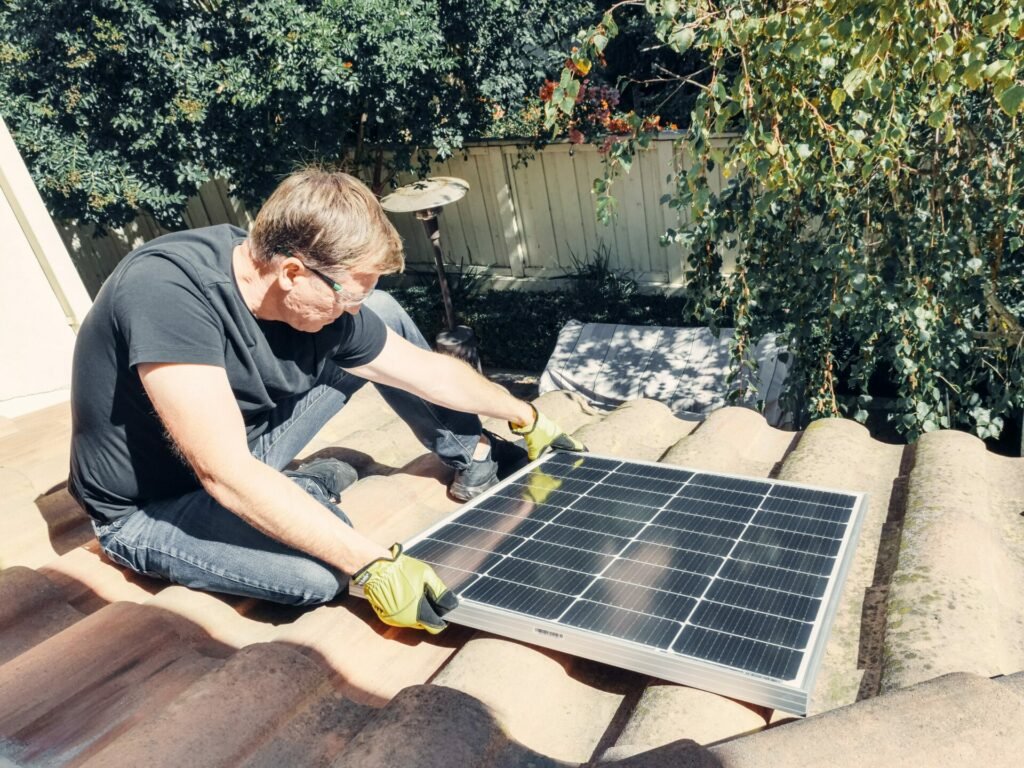
Part of this is due to the cost. Though they are efficient, they are incredibly costly. Many people struggle with the cost of polycrystalline and monocrystalline panels, and they have nothing on III-V panels. Very few people, if anyone, could afford a reasonable amount of these III-V panels. (3)
Though there is progress being made in reducing the cost of these panels, it still wouldn’t bring them down to where the average person can afford them. That is the reason they are really only standard in space, where high durability and efficiency are practical, and they can afford to spend thousands of dollars on solar panels.
Some scientists theorize that they could potentially get III-V panels down to about $10 per watt. (4) When even the most expensive solar panels currently on the market are often under $3 per watt, you can see how this could lead to prices well outside most people’s affordable ranges.
Part of the reason the price is so high is the number of different materials used. Though the layers are thin, they are made from materials that are expensive to produce, such as gallium indium phosphide and gallium arsenide. (5)
Citations
- Geisz, J. F. (2020, April 13). Six-junction IIIâV solar cells with 47.1% conversion efficiency under 143âSuns concentration. Nature. https://www.nature.com/articles/s41560-020-0598-5#author-information
- Multijunction III-V Photovoltaics Research. (n.d.). Energy.gov. https://ieeexplore.ieee.org/abstract/document/105803/
- Bellini, E. (2020, September 28). III-V solar cells for PV-powered EV applications. Pv Magazine International. https://www.pv-magazine.com/2020/09/28/iii-v-solar-cells-for-pv-powered-ev-applications/
- III-V Single-Junction and Multijunction Solar Cells. (n.d.). Photovoltaic Research | NREL. https://www.nrel.gov/pv/high-efficiency-iii-v-solar-cells.html
